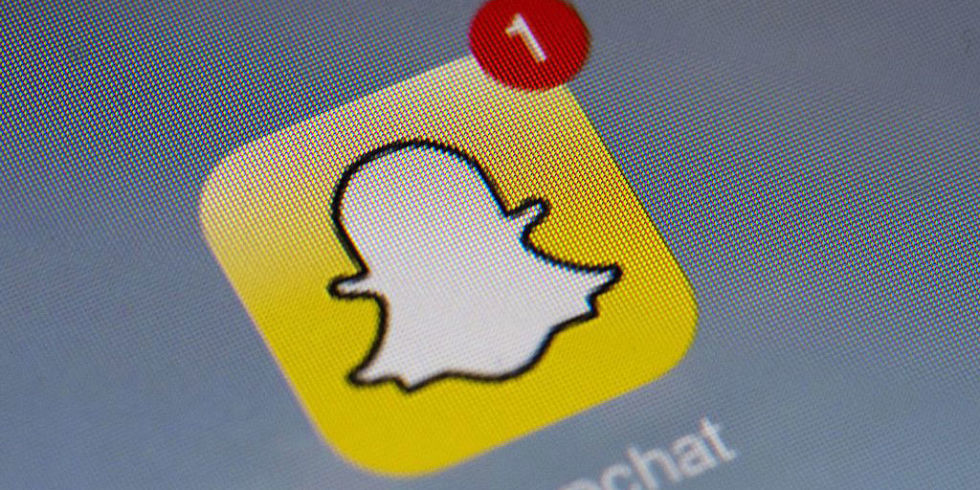Apple’s DeviceCheck framework was introduced as a tool for developers to manage device-level data that persists across app installations, factory resets, and even device transfers. While this framework offers developers powerful capabilities to prevent fraud, abuse, and unauthorized access, it has also created unforeseen challenges for users, particularly in cases involving repaired or replaced iPhones. One notable issue is that some Snapchat users find themselves inexplicably banned from the platform after getting a new or repaired iPhone. This unexpected problem arises because the DeviceCheck framework can carry over data from a device’s previous owner, including any associated bans or restrictions.
What is Apple’s DeviceCheck Framework?
Apple’s DeviceCheck framework is designed to help developers determine the state of their apps on a particular device. This can include whether the device is allowed to access certain services, whether it’s been flagged for suspicious behavior, or if it meets specific app-related criteria.
Developers can use DeviceCheck to store two bits of data per app per device. These bits, known as “tokens,” allow developers to flag a device, for example, if it’s been used for spamming or violating terms of service. The data associated with DeviceCheck persists through device resets and transfers, meaning it remains intact even if a user wipes their device or transfers their information to a new iPhone.
The Problem with Persistent Data in DeviceCheck
While the persistent nature of DeviceCheck data can be beneficial for app developers looking to prevent fraud, it also introduces a significant risk when it comes to device repairs or replacements.
When a user replaces or repairs their iPhone, the device may carry over DeviceCheck data from its previous life. If the previous owner of the device was banned from a service like Snapchat, the new owner could find themselves locked out as well, with no apparent way to resolve the issue.
For instance, imagine buying a refurbished iPhone or having your device repaired by a third party. The iPhone’s DeviceCheck registry may still contain data from the previous owner, including bans from apps like Snapchat.
Consequently, even though the device has changed hands and been wiped clean, the DeviceCheck framework persists in storing this data, leading to unintentional bans for the new owner. This issue is particularly prevalent with services like Snapchat, which employ DeviceCheck to enforce their policies against banned devices.
Apple’s Role in the Issue
Apple’s DeviceCheck framework’s ability to persist data even after factory resets or device transfers can be a double-edged sword. On one hand, it provides a robust method for developers to manage app security and user compliance. On the other hand, the framework’s persistence can cause unexpected and severe consequences for users who are unaware of the history embedded in their devices.
Moreover, Apple does not clear the DeviceCheck registry after repairs, creating a loophole that can significantly affect users. This oversight means that despite Apple’s rigorous standards for privacy and data protection, the company’s own framework can inadvertently punish users for actions they didn’t commit. The framework’s design assumes that the device data belongs exclusively to the original user, which overlooks the realities of device resale, repair, and replacement markets.
The Impact on Snapchat Users
Snapchat’s reliance on DeviceCheck for enforcing bans exemplifies the pitfalls of Apple’s framework. Users who purchase a second-hand iPhone or get a replacement device may find themselves unable to access Snapchat, simply because the device was previously flagged or banned.
Unfortunately, resolving this issue is not straightforward. Users often find themselves in a frustrating loop of contacting Snapchat support and Apple, only to be told that the ban is tied to the device, not the user.
Apple’s DeviceCheck framework, while designed with security and developer convenience in mind, has unintentionally created a complex issue for iPhone users. The persistence of DeviceCheck data across resets, repairs, and transfers can lead to situations where new owners are unfairly penalized for the actions of previous users.
Until Apple revises the framework to address these concerns, users may need to be extra cautious when purchasing refurbished devices or seeking repairs. The current design highlights a gap in Apple’s approach to device management and user experience, and it serves as a reminder that even well-intentioned features can have unintended consequences. For now, understanding the implications of DeviceCheck is crucial for developers, users, and anyone involved in the iPhone ecosystem.



